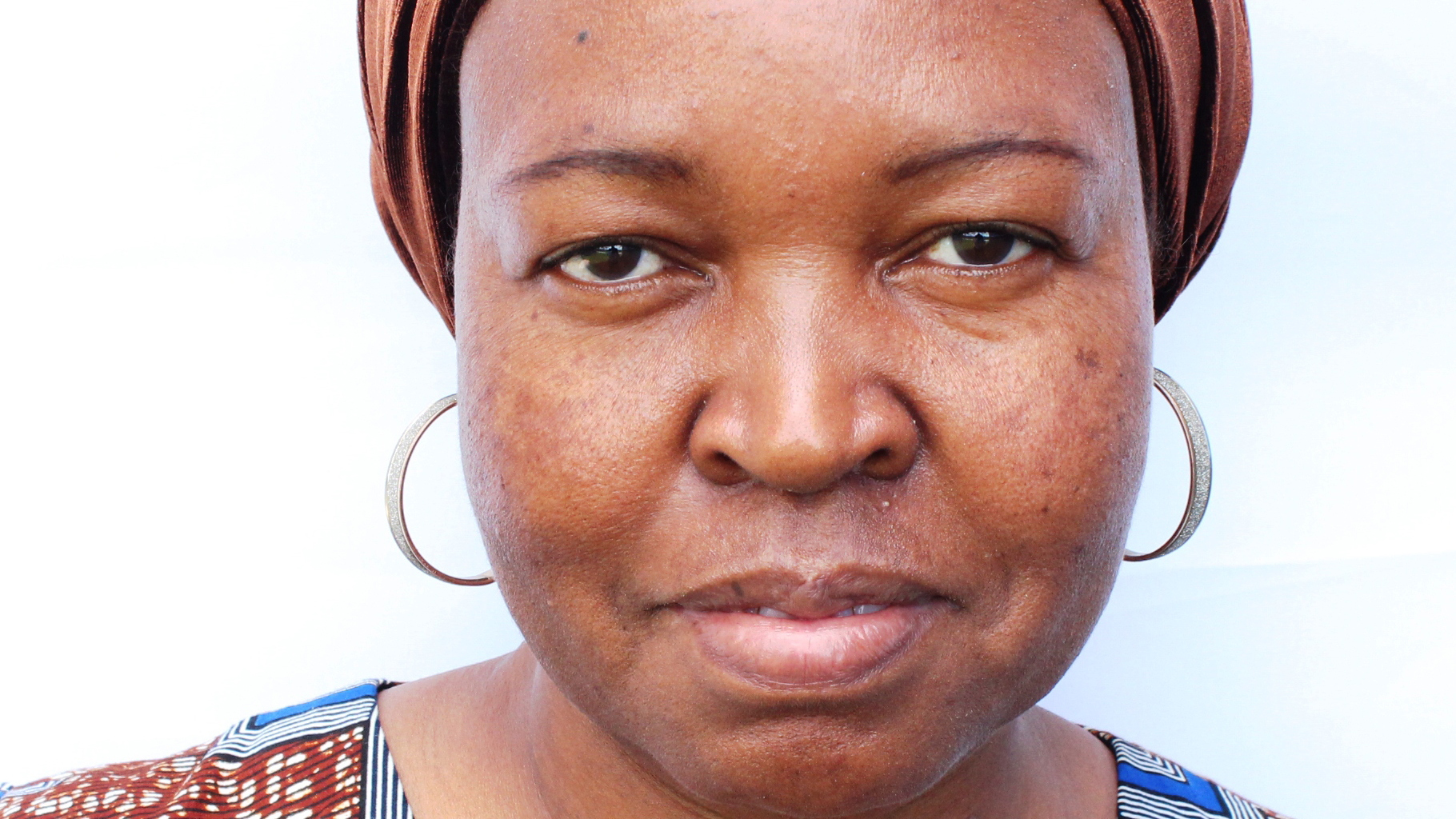
Mariam J. Kitembe’s emphasis is on the use of gender statistics for reduction of inequality between women and men, boys and girls through enabling policy environment. She is a Principal Statistician and Coordinator of a UN Women project known as ‘Making Every Woman and Girl Count’ at the National Bureau of Statistics Tanzania. She is involved in production of official statistics including gender statistics. She is a member of the Gender Mainstreaming Technical Working Group coordinated under the Ministry responsible for gender in Tanzania Mainland (Ministry of Health, Community Development, Gender, Elderly and Children).
What does #EqualEverywhere mean to you?
From a statistical point of view, equal everywhere entails producing gender statistics to inform decision-making and the design of policies that advance equal rights and opportunities for all. Gender based statistics and sex disaggregated information to making everyone visible and to differentiating between men and women and boys and girls in all spheres of life — economic status, educational achievement, health, decision-making, and human rights. Statistics also matter in terms of the pledge to leave no one behind in the push to attain the Sustainable Development Goals (SDGs). As part of that ambition, those producing gender statistics must identify not only who is left behind but also the ways in which marginalization and exclusion are experienced.
What motivates you to do this work?
For a statistician like me working at the National Bureau of Statistics in Tanzania, the motivation to undertake this work came from the flagship program of UN Women, Making Every Woman and Girl Count. The program is focused on improving the production and use of gender statistics. Getting there has required the creation of an enabling policy environment.
What are the main challenges you experience in your work to advance gender equality?
Undertaking standalone gender surveys is the best way to improve Tanzania’s gender statistics, but financial constraints make this difficult. Gender modules are embedded in other surveys such as Demographic and Health surveys, Household Budget Survey and Integrated Labour Force Survey. The qualitative information needed to understand the root causes of observed inequalities are not collected as part of the surveys typically conducted by the National Bureau of Statistics. This is why standalone gender surveys are essential to informing an equal rights everywhere agenda.
What progress are you seeing as a result of your work?
I have made progress in raising awareness about the importance of gender statistics through traditional- and non- traditional sources. Recognition that the SDGs cannot be tracked and monitored using statistics produced by national statistical offices alone is growing. There is a need for other actors to produce statistics by following the methodology and standards developed by the National Bureau of Statistics. The multilateral development agencies, nongovernmental organizations, and civil society organizations have started producing and using gender statistics as part of their programs, policy formulation, and planning.
Last but not least, I consider the development of the National Plan of Action to End Violence Against Women and Children in Tanzania (2017/18-2021/22) to be the best example of the productive use of gender statistics to campaign for equal rights of women and children in my country.
 BACK TO STORIES
BACK TO STORIES